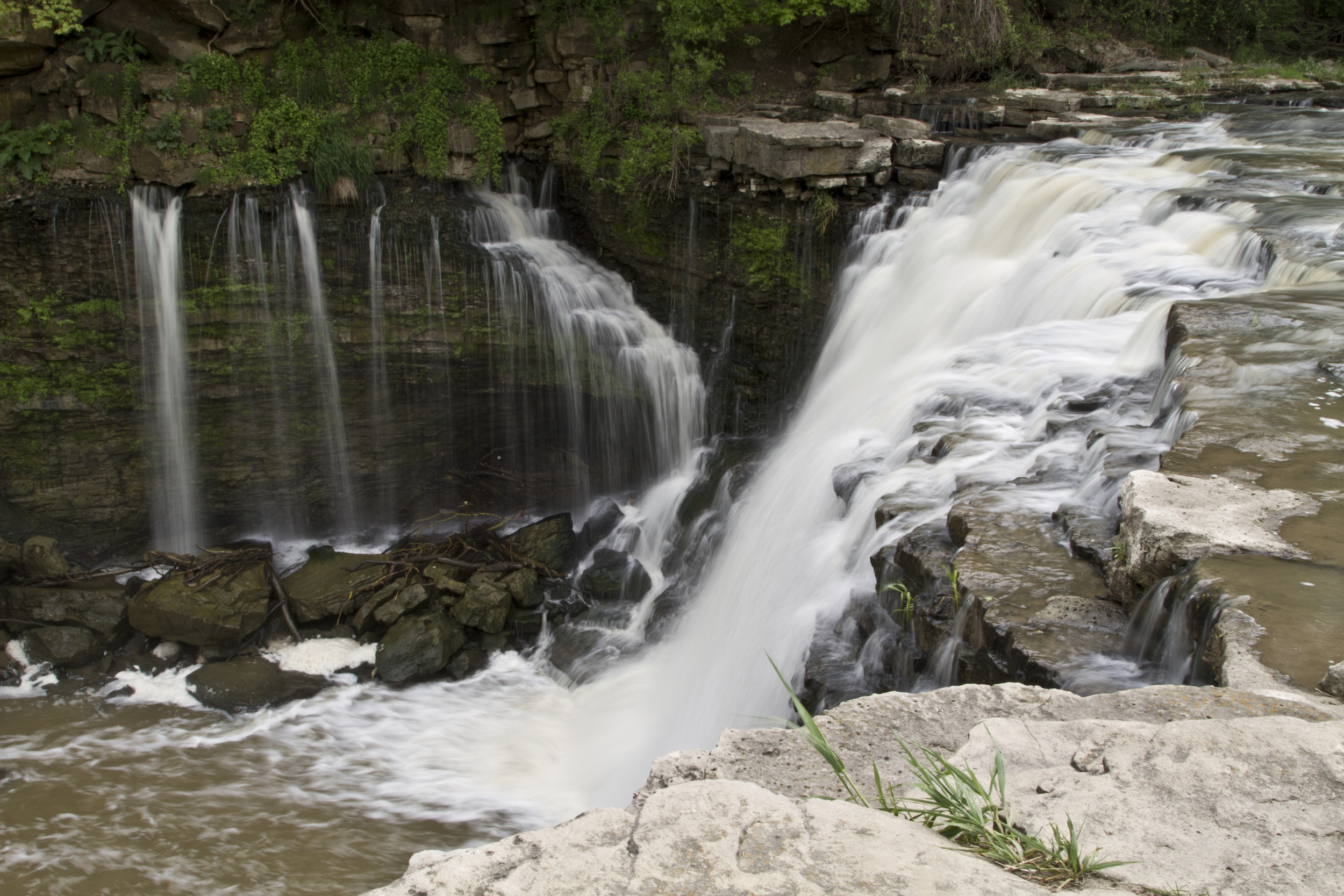

HGS RESEARCH HIGHLIGHT – Estimating Anthropogenic Effects on a Highly-Controlled Basin with an Integrated Surface-Subsurface Model
Our ongoing research with partners at the Korea Institute of Geoscience and Mineral Resources has led to a new publication. This paper seeks to quantify the impacts of water management practices (e.g. groundwater pumping, dam and weir operations, etc.) on the surface and groundwater system of the Geum River Basin, South Korea.
The results indicate that the water budget of the Geum River Basin (GRB) is typically balanced or shows a slight surplus (resulting in GW recharge). However, water deficits were frequently simulated during the dry season, and groundwater seepage along the rivers within the basin was an important water source component that can sustain environ-mental flow under severe water deficit conditions.
HGS RESEARCH HIGHLIGHT – Integrated modelling to assess climate change impacts on groundwater and surface water in the Great Lakes Basin using diverse climate forcing
HydroGeoSphere is an excellent tool for evaluating climate change impacts to integrated hydrologic systems, since HGS can be effectively coupled with climate forecasting simulators like the Weather Research and Forecasting (WRF) model, the Community Climate System Model (CCSM) and the Canadian Regional Climate Model (CRCM). HydroGeoSphere accounts for water dynamics in the atmosphere, ground surface and subsurface in a seamless manner and thus is the best modeling tool for evaluating the impact and risk associated with climate change on water resources.
HGS RESEARCH HIGHLIGHT – Development of an integrated numerical flow model in the Prairie Environment
A recent publication by researchers at the University of Regina uses HydroGeoSphere to investigate the impact of climate variability and different groundwater withdrawal scenarios on groundwater levels in the Leech Lake aquifer. This paper provides an excellent introduction to the use of HGS in semi-arid prairie regions, making use of the built-in evapotransporation and snowmelt processes to estimate overall recharge rates under various climate scenarios (including extreme drought).
HGS Research Highlight - Solute transport processes in flow-event-driven stream–aquifer interaction
This post features a recent study by Xie et al., 2016, who used HydroGeoSphere to investigate the interaction between streams and groundwater controls on key features of stream hydrographs and chemographs.
